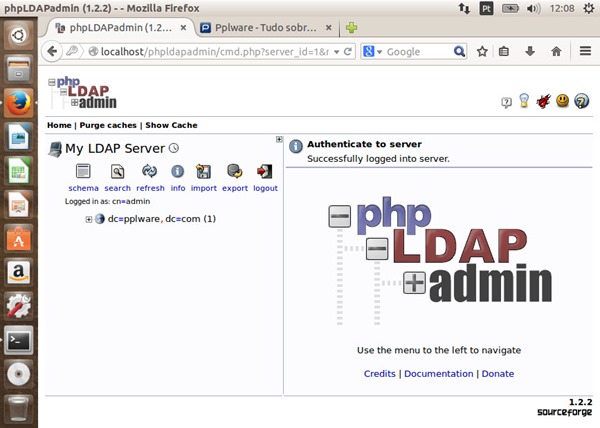

Whye the HELL do you have to do these things in some little DOS box in Linux? Can’t they catch up with other operating systems where you do not have to use this little MS DOS box, and set things in a GUI?Īnd it should be forgiving of your spelling and or typing. Copy the Modeline (words with red underline, see previous picture), and run command to add new mode: sudo xrandr -newmode "1600x900_60.00" 118.25 1600 1696 1856 2112 900 903 908 934 -hsync +vsyncĭoes not work at all. Replace 1600 900 (1600X900 in my case) in the command to your desired screen resolution.ģ. Run command to calculate VESA CVT mode lines by given resolution: cvt 1600 900 ALL I need here is the display device name, in my case, it’s eDP-1.Ģ. It outputs current screen resolution as well as all available solutions.

Open terminal via Ctrl+Alt+T or by searching for “Terminal” from dash. To get my screen resolution, I did the following steps:ġ. Though there are options to scale for menu, title bars, and text, I prefer 1600X900 (16:9) which is available in Ubuntu 16.04 LTS by default. On my Ubuntu 17.04 Desktop, the default 1920X1080 (16:9) resolution is kinda high for me.
#Ubuntu sudo says no protocol specified how to#
Your preferred screen resolution is not available in the Display settings? Well, here I’m going to show you how to add a custom screen resolution in Ubuntu 17.04 (Work on all current Ubuntu releases). Since Ubuntu 21.04 uses Wayland as default, See another way works on both Xorg and Wayland. Using a meaningless/random tmpfile name would probably be better than /tmp/editable.rc.local, so that it’s not obvious to an outsider watching the /tmp filestructure that the file is being used for editing rc.This tutorial works for Ubuntu on Xorg. That might be better, though there are probably still security considerations on that. Sudo chown username /tmp/editable.rc.local And there are probably security implications of changing the owner, even temporarily.Įdit: Ooh, another idea: copy it to a temp file before changing permission, so no one else ever has permission on the real file sudo cp /etc/rc.local /tmp/editable.rc.local I mean, if I’ve understood correctly, the script could probably be as simple as sudo chown username /etc/rc.localĭo not take my word as “golden” or “authoritative” or “official” on this. I am not a linux-sudo expert, but the sudo permissions should be sufficient to run a script that changes the owner of a file, makes a change, then changes it back – at least, I cannot imagine how that wouldn’t work, since root (and thus sudo) has the ability to change permissions on any file. I’m not sure if that’s practical (I’d have to find a way to do it in a script). If you can get it to work in another environment (like Wine), then lucky you.Įlsewhere I’ve been advised that “the only way” to do this is to take ownership of the file, edit it, then restore ownership back to root.
#Ubuntu sudo says no protocol specified windows#
Notepad++ is an application for Windows no other usage is official nor even “official”.

Good was hoping the NP++ community would have experience with this, since I gather that NP++_on_Wine is sort of the “official” way to run NP++ on Linux. If you do more internet searches along those lines, you may find other results that maybe have workarounds to try. Reading the exerpts from other results I saw from my search seem to indicate the other hits are probably pointing in the same Snap-is-the-culprit direction. Since you said you got it from Canonical’s Snap Store, that makes me thing that you’ve run across a known issue with Snap packages (whatever those are), which presumably has nothing to do with Notepad++ specifically, but rather the way you are installing and running it. Skimming down the replies, someone said “unfortunately it’s a known issue with snap packages”. However, searching for your error ( wine mkdir: cannot create directory '/run/user/0': Permission denied Authorization required, but no authorization protocol specified Starting application.) on The Search Engine That Knows All found this github issue report in an unrelated repo, where the user got that error message in a GitHub Action runner. My guess is that you should check a Wine-specific forum for how to sudo an application from Wine, and make sure that all works, then compare those results to doing the same thing for Notepad++. You having permission to sudo nano but not sudo notepad-plus-plus isn’t as informative as if you’d proven you can sudo another Wine-based application. There aren’t many experts in using Notepad++ on Wine here (I used to know of one, but that person left years ago), and the official policy of Notepad++ is that only Windows is supported (and that, only 8.1 and newer).


 0 kommentar(er)
0 kommentar(er)
